How the ordinary folks in the East End came together and defeated a flagship Government and Council policy. Liveable Streets. Observations and analysis.
Liveable Streets was a flagship policy by the previous Labour administration, of introducing Low Traffic Neighbourhoods. A collective name for a series of measures, from physical blocking off roads to timed restrictions. Diverting traffic to other areas and roads from the designated area.
Mayor Lutfur Rahman, ran on a manifesto for the removal of Liveable Streets schemes from Tower Hamlets. And is now facing a backlash organised by the supporters of Liveable Streets.
The article is written to aid the current debate, A long piece, divided into four sections charting the rise and fall of Liveable Streets, with lessons to be learned:
1. PROLOGUE
2. THE RISE
3. THE FALL
4. ANALYSIS
1. PROLOGUE
The Clash: How did it all begin?
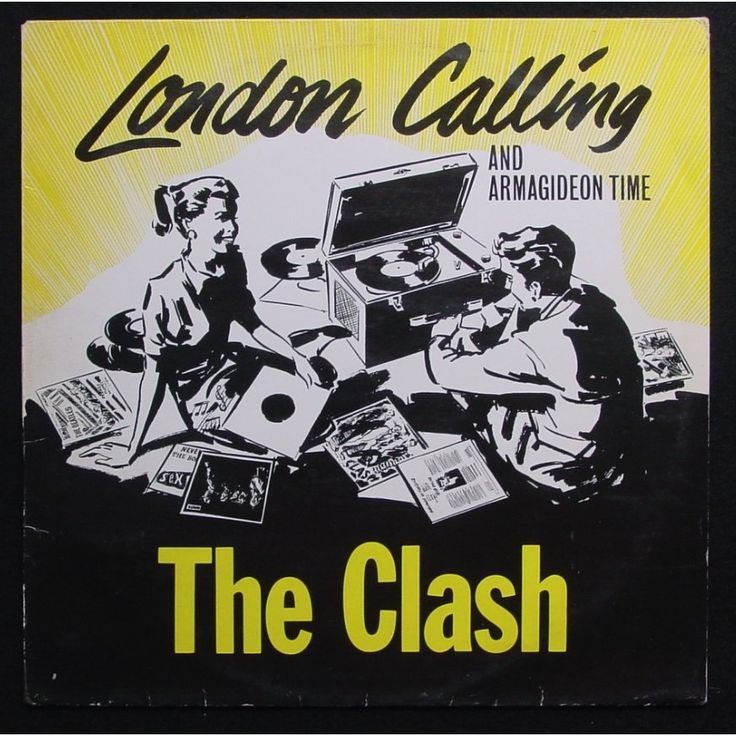
“ London calling to the faraway towns
Now war is declared and battle come down”
The Clash – ‘London Calling’
As we experience a summer heatwave, things are again hotting up in the streets of Tower Hamlets. The new Aspire administration has instructed council officers to send letters to residents. Letters consulting households on the removal of Low Traffic Neighbourhoods (Liveable Streets) in their local areas. On social media, residents are organising, on both sides, to make sure that their views are reflected.
The spill-over is being felt in the Tower Hamlets Labour Party. Members are asking questions. Discussions are taking place, as to how the previous Labour administration went ahead with a policy, which many feel contributed to the recent election defeat. At a recent picnic organised by the Labour Group, members were prevented from asking such questions. Leading to a heated exchange. The previous Mayor, along with his former cabinet members, did not attend. Perhaps in anticipation of the tough questioning by members.
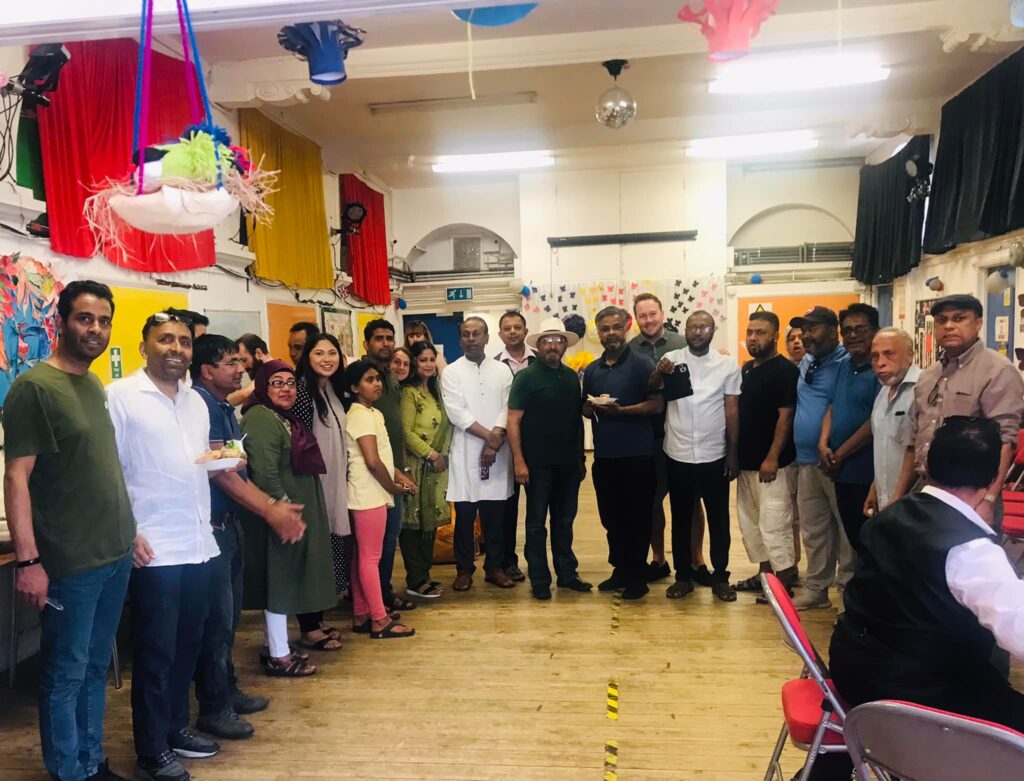
In response, a narrative is being pushed out, that the disastrous policy was somehow a ‘lone wolf’ operation, by a rogue Labour councillor. Somehow, Dan Tomlinson single-handedly pushed forward the policy. Really?
The above is not true. I was there, as an observer within the Labour lead Council and of the residents’ groups that mobilised against the policy. I want to put the record straight. If Tower Hamlets Labour are serious about regaining the Council, facts have to be established and lessons learned.
Liveable Streets’ chapter represents a systematic failure of the Tower Hamlets Labour Party. An organisation, including many of its councillors, is out of touch with ordinary members and residents. A similar pattern can be seen in many other issues, such as the dismantling of the Community Language Service, and its social cleansing approach to planning and regeneration.
For any chance of Tower Hamlets Labour to defeat Aspire in any future elections, lessons have to be learnt and the culture and mode of operation have to be changed. So buckle up folks, below is the story of Liveable Streets. It’s genesis, rise, fall, and an exploration of its flaws and motivations.
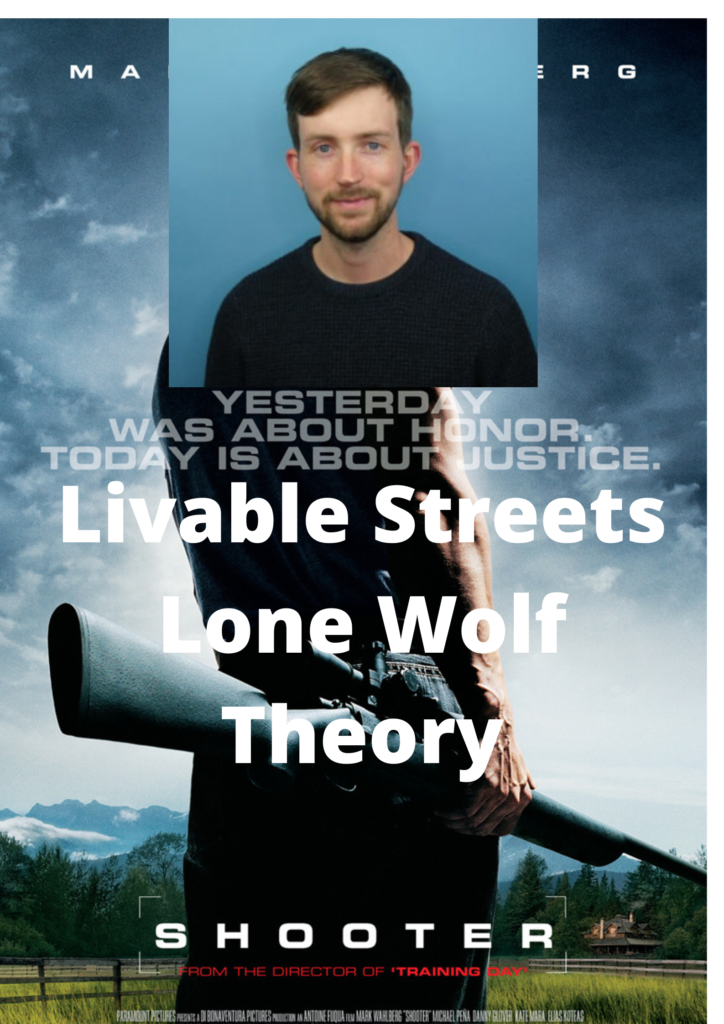
So how did this slow car crash begin?
2. THE RISE
Once upon a time at Tower Hamlets Council…
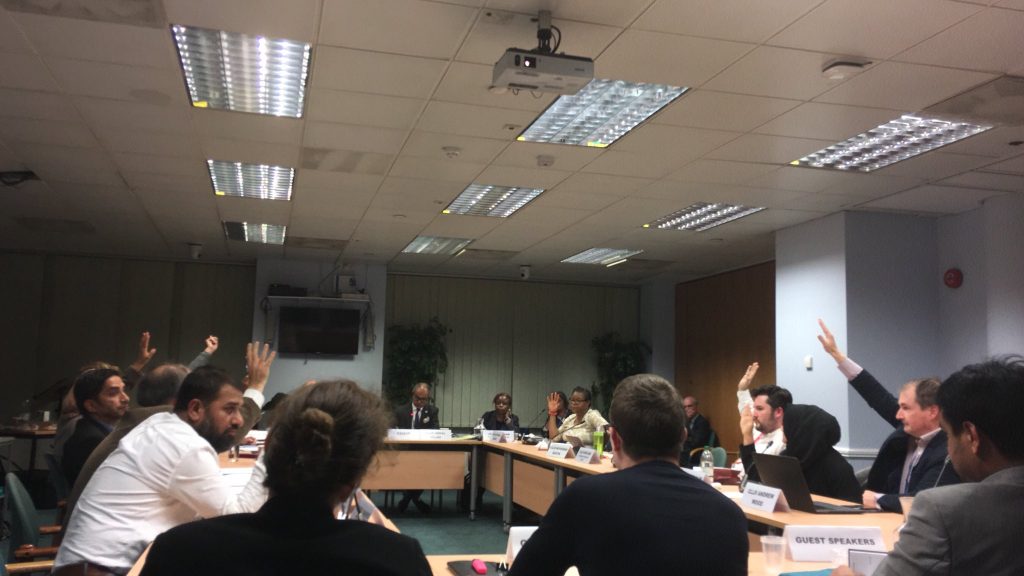
“London calling to the zombies of death
The Clash – ‘London Calling’
Quit holding out and draw another breath”
The origins of Liveable Streets can be traced back to the 2018 Tower Hamlets Labour manifesto, as a vague concept to reduce traffic. However, the flesh on the bone can be traced to the full council meeting on the 11th of March 2020. Where the then Deputy Mayor, Rachel Blake proposed a motion, amongst other things trumpeting, ‘The £15m Liveable Streets programme, which aims to make it easier, safer and more convenient to get around by foot, bike and public transport.’
Immediately I and others spotted a conceptual problem with the scheme, first a lazy assumption that only rich people drive cars in Tower Hamlets. Second, the proposed displacement of traffic will mean more traffic on roads bounded by social housing. Creating an economic and environmental, soft apartheid, based on socioeconomic inequalities. The poorer you are, the cost is greater in terms of economic impact and air quality.
I aired my disquiet, highlighting these conceptual concerns. As mitigation, asking for robust equality impact statements with a focus on socio-economic inequalities. In response, I was told my concerns will be taken on board.
Months later, it appears they were totally ignored, leading to the backlash by residents in that Summer of 2020.
“The natural distribution is neither just nor unjust; nor is it unjust that persons are born into society at some particular position. These are simply natural facts. What is just and unjust is the way that institutions deal with these facts.”
John Rawls – ‘A Theory of Justice’
A Summer of Discontent.
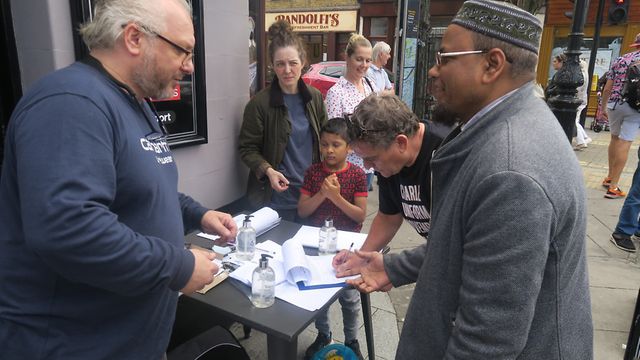
“The ice age is coming, the sun’s zooming in
Meltdown expected, the wheat is growing thin
Engines stop running, but I have no fear”
The Clash – ‘London Calling’
It was the first summer after a lockdown in 2020. Off the back of the Covid-19 pandemic, Transport for London (TFL) decided to put road restrictions to reduce traffic. This was reinforced by Whitehall’s extra funding to local authorities to implement Experimental Traffic Orders. This resulted in a backlash from stakeholders in affected areas, as many of the schemes seemed rushed and not well-thought-out.
In the middle of this storm engulfing many London Boroughs, Tower Hamlets Council decided to plough ahead with its Liveable Streets Program, with a resulting backlash from residents. Amplified by the backlash in the national media against Experimental Traffic Orders, elsewhere in London.
I first came across it that summer, when I stumbled across a heated exchange between a Labour Councillor, a local accountant and the leadership. He was arguing, that from the feedback from his clients, small businesses and taxi drivers, the schemes are badly thought out and if not changed will have an adverse effect electorally on the Labour Party. There was talk about demonstrations by residents and businesses. Who were these people?
Labour Municipal Feudalism versus The New Peasants Revolt?
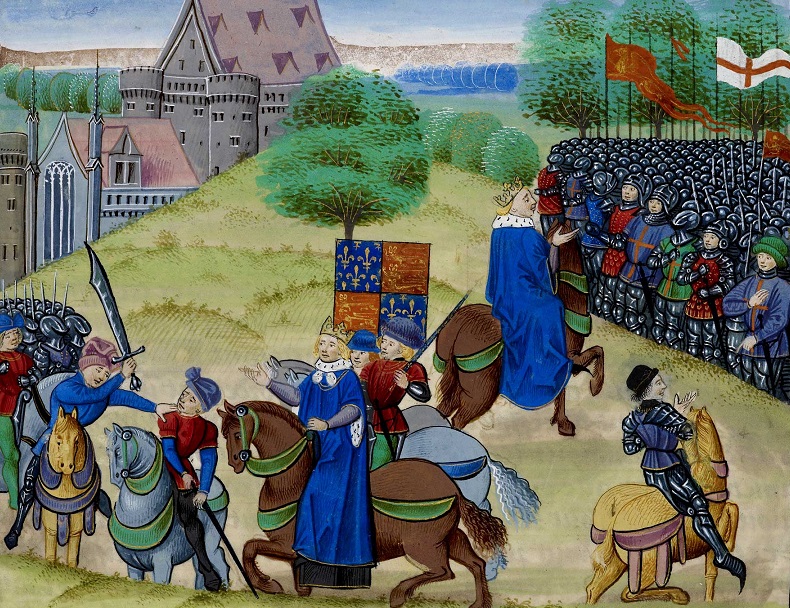
“When Adam delved and Eve span, who was then the gentleman?”
John Ball – Peasants Revolt 1381
Soon after hearing this heated exchange, I was contacted by residents expressing concerns. How the schemes will impact their income, as the car is a necessity, a means of income, not a choice. Adding costs to working-class households already adversely affected by the Covid-19 pandemic. After listening to their concerns and doing some fact-checking. I decided to come out against Liveable Streets. I wanted the policy adapted, in light of vigorous Equality Impact Statements.
After coming out in July 2020 against Liveable Streets, I decided to meet up with the campaigners against it. Before I met up, I was approached by a friend in the Labour Group. Probably delivering the message on behalf of the leadership, “Puru, what are you doing getting yourself mixed up with Brexiteers, UKIP supporters and Little Englanders?” I replied, “I’m here to represent and stand up for all residents, including the ones who never voted for me”.
It was, typical of the administration, first, in dividing residents into demographic groups playing one working-class group against the other. I came into politics to bring people together, not reinforce artificially constructed divisions. Second, to clamp down on dissenting voices. For example, outriders of the administration attacked campaigners on social media, directly through their personal accounts or through sock puppet accounts. I did not see it that way, debate and criticisms were a sign of a healthy democracy. Opposition is preferable to apathy, it is only through such a clash of opinions we get better ideas and policies.
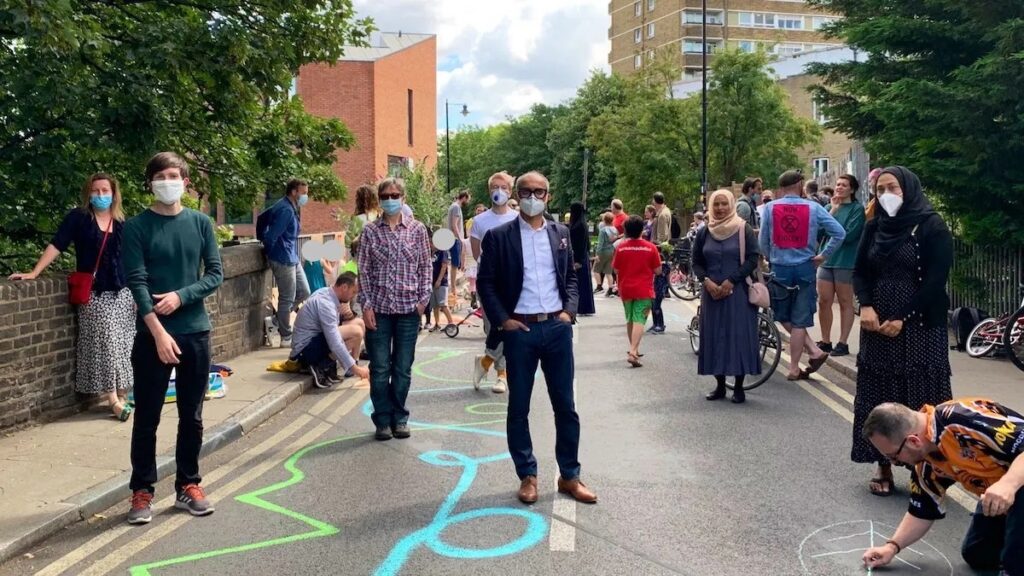
Contrary to the propaganda and to my pleasant surprise, the campaigners were traditional Labour voters, some even members. They were angry with a local Labour Party. Angry at being talked at rather than having a conversation with them. There was a feeling of abandonment, but also a sense of impending helplessness.
They were up again PCL Consult, a consulting company which has been awarded by Tower Hamlets Council the contract to deliver the consultations and schemes at the cost of £1 million. They have conquered local authorities after local authorities. Can they be stopped in the East End?
At one of the meetings with campaigners, I noticed that after this summer offensive, PCL Consult and Tower Hamlets Council were shifting to the south of the borough, right near the banks of the river. With a wry smile on my face. I reassured the campaigners not to worry, for PCL Consult and their friends in the council were about to meet their match. The working-class residents of Shadwell and Whitechapel.
“Regeneration’ appears to be directed at the wholesale physical dispossession of BAME and working-class residents from council and other forms of public housing. This perfect storm of mutually-reinforcing policies is now being brought to bear on a new generation of young black people.”
Jessica Perera – London Clearances
The Heartland of the Resistance: Whitechapel and Shadwell
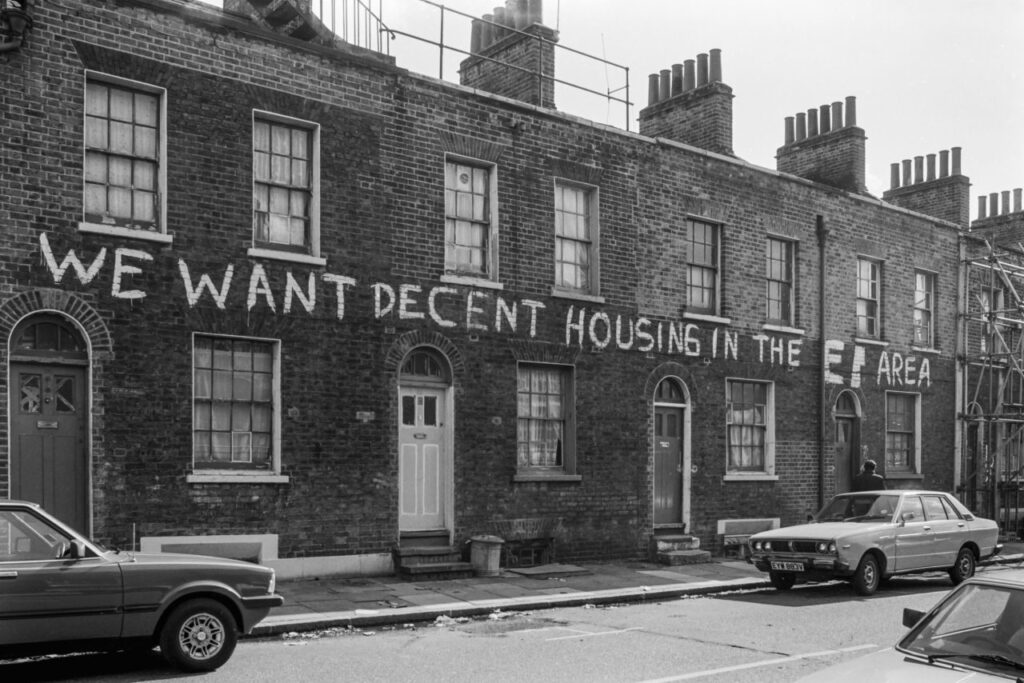
“Engines stop running, but I have no fear
The Clash – ‘London Calling’
‘Cause London is drowning
I live by the river”
The Whitechapel and Shadwell neighbourhood area has a long history of anti-establishment politics. Phil Piratin, the last elected Communist MP, was born in Greenfield Road and did his first campaign at the Fieldgate Mansions. Later on, taking part in the Battle of Cable Street. In recent years, you had the ‘citizen’s action’ against the Leman Street Police Station in retaliation for police brutality. And since the Iraq War, consistently electing anti-Labour councillors. First with Respect and now with the Aspire Party.
The area has its own political logic. For example, when the local councillor Shahid Ali was released from prison, I was informed that residents of the Berner Estate threw a party, seeing him as a political prisoner. Put in prison, they felt, by Mayor John Biggs, for speaking out against the £1 million given to the Rich Mix. An institution many feel deliberately excludes the local community. In retaliation, they voted in, local driving instructor, Shafi Ahmed against Labour in a By-election in 2016. As can be seen from the above description, the area has its own flavour of no-hold bar politics. Which seeps into the local Labour Party, as seen by the recent physical raid organised in Shadwell on the Whitechapel Labour Party, by the ‘A-Team’.
There was a proposal once in the 1990s to rename the area as Surma Town, reflecting its unique history. There was an attempt to revive the proposal in the recent elections, but under this new administration, one never knows.
It was here on, besides the river in the working class neighbourhoods of ‘Surma Town’, ordinary folks got together and beat back the conqueror of cities and turned the tide. No, I’m not talking about the defeat of the German Sixth Army at the Battle of Stalingrad. But the fightback by residents in Whitechapel and Shadwell against Liveable Street. Eventually resulting in a victory, with the scrapping of the scheme.
So how did this epic battle begin?
“ বাইরে থেকে বর্গী আসে — Raiders come from outside,
নিয়ম করে প্রতি মাসে – Attacking us on a regular basis,
আমিও আছি, তুমিও রবে – This time I’ll be there, and you’ll be there,
বন্ধু এবার খেলা হবে – Friend, we will give you the game of your life,
খেলা খেলা খেলা হবে – Bring it on, Game On! “
Khela Hobe ! — Popular Bengal Street Political Chant
3. THE FALL
Stalingrad! The Battle of (Surma Town) Whitechapel & Shadwell.
“London calling, see we ain’t got no swing
Except for the ring of the truncheon thing”
The Clash – ‘London Calling’
It started when I was contacted by Labour Party members, as the Secretary of the Whitechapel Labour Party. Member’s had credible allegations that PCL Consult deliberately discriminated against residents with protected characteristics. Residents from an ethnic minority background.
The company was paid on result by the Council. Therefore, they had a financial interest in getting favourable consultation results and pushing the Liveable Street scheme through. In order to get the desired favourable result for the Liveable Streets areas, they intentionally made sure that working-class residents did not participate in the consultation. For example, isolating Bangladeshi residents in the physical consultations, or not delivering literature to council estates.
I explained that as a Labour Councillor, there are limitations on what I can do and speak. However, we can discuss in the terms of hypotheticals, how to force a hypothetical local authority to change its policies, through a hypothetical grassroots campaign. I told them to imagine me as their hypothetical Russian instructor, themselves as a hypothetical guerilla army and the campaign as a hypothetical ‘people’s war’.
To force the issue, we need to push it to the front of the political agenda. The means, is a petition to the full council, with 2,500 signatures to force a debate. The petition asked for the scheme to be halted, with allegations of discrimination by PCL Consult to be investigated, as a racist incident.
In the middle of a winter lockdown, a mass operation was put in place to raise the required signatures. Peer-to-peer mobilisation, through women’s groups, youth groups, local businesses etc. With no physical contact, the main means of communication was the phone or social media.
The signatures were raised, and the petition went to the full council. According to residents, in response to the debate, the Labour administration responded with ‘Green Washing’, gaslighting technique. That the petition was much ado about nothing, that (mainly BAME) working class families did not know what was good for their children.
After the disappointing council meeting. Residents mobilised, off their own back, this time publishing an open letter, gathering signatures against the local councillors. The main thrust of the letter, either the councillors stand with the residents, or stand with Liveable Streets, and be ready to face the consequences in the ballot box. Within a week, over 1,000 signatures were gathered. Then within a fortnight, the Mayor announced the cancellation of the Liveable Streets scheme in the Whitechapel area. What was not announced, the PCL Consult was removed by Tower Hamlets Council and the consultation took in-house.
We had the verdict in Whitechapel, with the administration taking the view of scrapping the scheme. What about the rest of Tower Hamlets, especially in the northern end, where it was first rolled out?
“The biggest mistake made by German commanders was to have underestimated ‘Ivan’, the ordinary Red Army soldier. They quickly found that surrounded or outnumbered Soviet soldiers went on fighting when their counterparts from western armies would have surrendered.”
Antony Beevor – Stalingrad: The Fateful Siege: 1942-1943
Lexit? The Weavers By-Election.
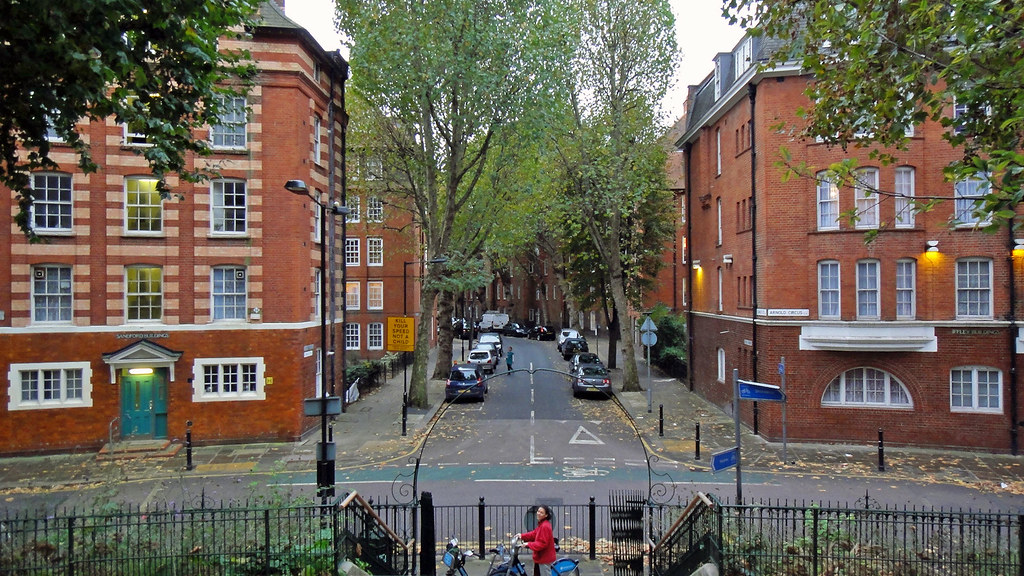
“London calling and I don’t want to shout
But while we were talking, I saw you nodding out”
The Clash – ‘London Calling’
In the summer of 2021, residents in the north of the borough had an opportunity to give their verdict on Liveable Streets. A referendum, in the area where it was first rolled out. The Weavers By-Election. Despite initial denials, the Tower Hamlets Labour Party soon acknowledged that the by-Election was all about Liveable Streets.
In what was once a safe Labour ward, both the Aspire Party and the Conservatives both campaigned on a platform to roll back Liveable Streets. Eventually, the entire election was dominated by the issue.
When the results came, it was apparent to all, that Liveable Streets will cost us votes in the upcoming local elections. We needed to respond to the defeat by Aspire. What was needed were decisive decisions and communications. The Labour administration has listened and is ready to acknowledge and correct its mistakes.
Did we get that?
“I saw then that he had lost touch with reality. He lived in a fantasy world of maps and flags.’ For Behr… I was convinced that we would now lose the war.”
Antony Beevor – Stalingrad: The Fateful Siege: 1942-1943
Downfall: Regime Change.
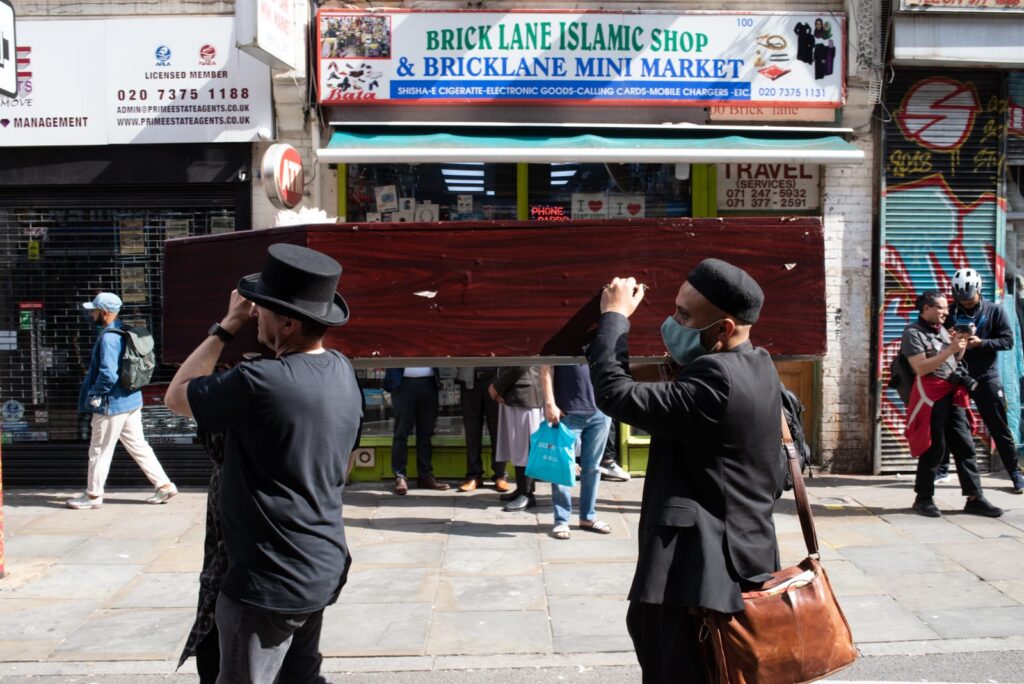
“London calling, now don’t look to us
Phony Beatlemania has bitten the dust”
The Clash – ‘London Calling’
Instead of decisive action in the wake of defeat at the Weavers by Election, the Labour administration adopted a position of ambiguity, enraging residents on both sides of the debate. Lost votes both to the Green Party and the Aspire Party. The discontent with Liveable Streets contributed to Tower Hamlets Labour landslide defeat to Aspire and Mayor Lutfur Rahman.
Tower Hamlets Labour now find themselves in an unenviable position, of a rabbit caught in a headlight. With both Aspire and the Greens making inroads into the traditional Labour Party electoral base.
Can Tower Hamlets Labour recover? How do we move forward without causing further divisions amongst residents and stakeholders? We need to understand what went wrong in order to get things right in moving forward.
“By seeking and blundering, we learn.”
Johann Wolfgang von Goethe
4. ANALYSIS
What went wrong?
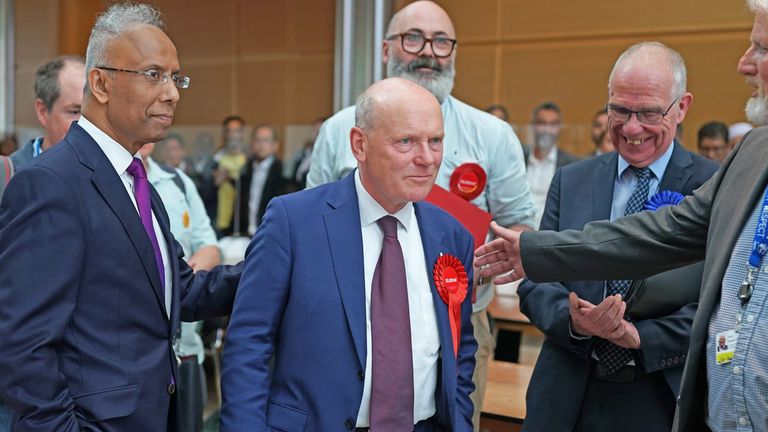
“London calling to the imitation zone
Forget it, brother, you can go it alone”
The Clash – ‘London Calling’
There are four, broad interlinking reasons, why things went wrong with Liveable Streets.
1. Shooting in the dark: Lack of detailed data
Decision makers just did not understand Tower Hamlets. Tower Hamlets is unique in terms of its socio-demographic outliers. It has one of the highest child poverty rates in the country, coupled with one of the highest per capita incomes, the third-richest local authority areas.
Assumptions elsewhere will not hold here. For example, car ownership is linked to a high disposable income. In Tower Hamlets, it is the exact opposite. The car is a necessity for many working-class families, linked to household income.
Another factor not taken into account is the large extended family networks of intergenerational support that working-class families of all ethnicity rely on. Where the car is essential to support elderly members of the family. From trips to the doctors to dropping off food and shopping.
One just has to walk down a street in Tower Hamlets, to know that the cars parked are not Mercedes or Jaguars, but Toyota Prius. Tower Hamlets has a high concentration of Uber drivers, delivery drivers and construction workers.
A lack of detailed data has been a hallmark in the Liveable Streets, but also other policy areas. Aggravated by the fact that many decision-makers are not from Tower Hamlets, and the ones that do, live in a gated lifestyle with minimal interaction with local working-class communities. Ignorance is compounded by an out-of-touch political leadership.
2. A ‘Rogue’ Local Authority?
The legality of Liveable Street throughout has always been in question. First, the common law duty to consult has not been met. Residents most affected by the displacement of traffic were not consulted. Those living on the main ribbon roads, where many of the social housing in Tower Hamlets is concentrated. For example, traffic displaced in Bow will adversely impact social housing tenants in Mile End and Bromley North. Traffic displaced in Wapping is adversely impacting the mainly social housing tenants of Shadwell. None of whom were consulted about the respective above schemes.
This brings on the second point, given that those adversely affected are from lower socio-economic demographics and have protected characteristics. Where are the detailed, independent, Equality Impact Assessments with mitigations for these schemes? Has Tower Hamlets Council effectively discharged its statutory duty of care, in the form of its Public Sector Equalities Duty?
Putting aside whether the schemes broke the law, the way the consultations were handled and the schemes were implemented, went against the spirit of our common law tradition, in particular the rule of law. A feeling validated by the widespread uneasiness felt by all, as to a sense of unfairness.
One way, moving forward, is to hardwire a culture of tackling inequalities into the Council culture. Similar to the culture at Labour-run Islington Council. Where Council officers are made to ask, in terms of their decisions and action, two questions. First, is my decision/action to increase socio-economic inequalities in Tower Hamlets. Second, if so, what actions can I take to mitigate such inequalities?
“The rule of law does not require that official or judicial decision-makers should be deprived of all discretion, but it does require that no discretion should be unconstrained so as to be potentially arbitrary. No discretion may be legally unfettered.”
Lord Justice Tom Bingham, The Rule of Law
3. Bad Political Leadership: A dysfunctional Tower Hamlets Labour Leadership
Aggravating an omnishambles council, was a dysfunctional Labour Party. Dysfunctional in terms of being out of touch with reality. Talking at, rather than having a conversation with members and residents.
Electorally, the scheme has been a disaster for the Tower Hamlets Labour Party. Given that the scheme adversely affects the coalition that makes up its voter base, why would anyone assume that they would carry on voting for local Labour?
For Tower Hamlets Labour to regain control of the Council, it has to rebuild its electoral coalition. To rebuild that coalition, it needs to square the circle created by Liveable Streets. Adopting an active travel policy, which does not financially penalise those that are of lower socioeconomic demographics. Not more of the same.
It has to also change the way it does politics. The Labour Group of Councillors has to move away from the inward, Town Hall centric culture and start regularly knocking on doors and talking to residents. A culture has to develop where dissenting views are welcomed and such views from members and residents are fed back to the Labour leadership in the Town Hall. How about opening up Labour Group meetings to the public and members? Giving them a platform to raise issues and concerns.
This would assume the Tower Hamlets Labour Party is invested in supporting its working-class communities. Is it?
“One phrase crops up to describe this: “managed decline.” One former councillor told me: “The idea seemed to be that nobody can afford to live here now anyway, so these communities are doomed to die. It was like the main aspiration was for residents in Tower Hamlets to move to Essex.” It should be a lesson: if you turn against your supporters, they may eventually turn against you.”
Hettie O’Brien – Not just the ‘red wall’ – How Labour took voters for granted in the heart of east London – Guardian 20/07/2022
4. Outdated Politics of a 1980s Tribute Band: Not understanding an intersectional Tower Hamlets
Intersectionality: is an analytical framework for understanding how aspects of a person’s social and political identities combine to create different modes of discrimination and privilege. Intersectionality identifies multiple factors of advantage and disadvantage.
Anne Sisson Runyan
In my four years as a councillor, we never had any briefing or training with an intersectional framework. Looking back, the Equalities Training was a bizarre presentation, dividing the population of Tower Hamlets into separate categories of essential unchanging identities. Giving the impression, that none of these identities have anything in common or intersect with each other. There was no mention of poverty, economic status, or class as a shared factor amongst these disparate groups. This also reflected the political discussion in the Labour leadership, of a divided Tower Hamlets. With no unifying political message, narrative or vision given to unite to address these divisions.
When different demographics united against Liveable Streets, the Labour lead Tower Hamlets Council could not understand what was happening. Perhaps their view of Tower Hamlets does not match the reality on the ground? Perhaps class is still a unifying factor in East End politics?
It’s the Economy, Stupid: Why Class still matters in London?
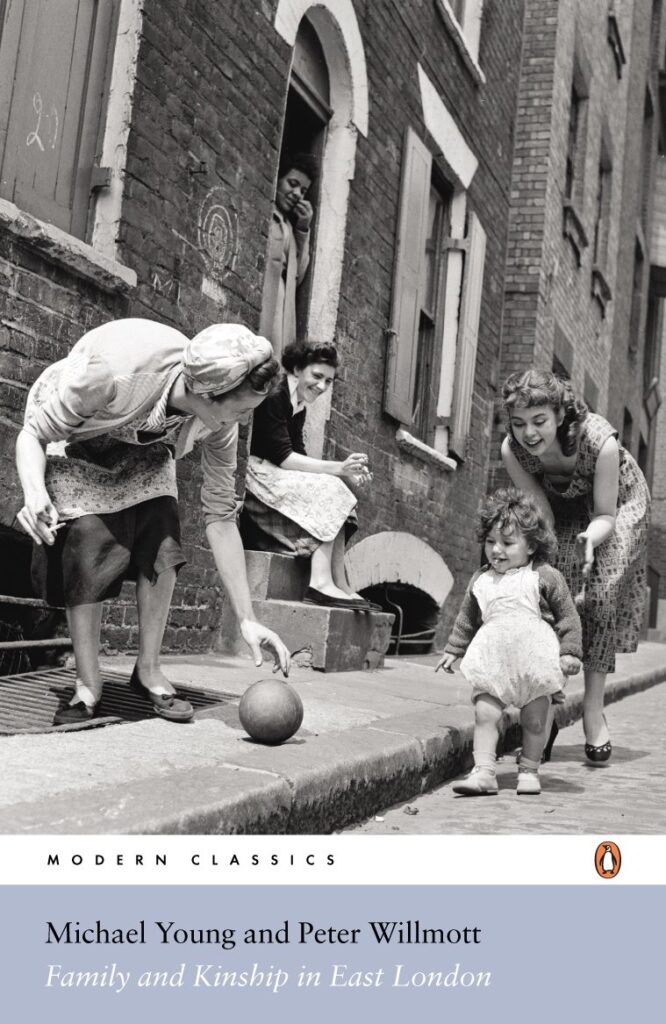
“London calling to the underworld
Come out of the cupboard, you boys and girls”
The Clash – ‘London Calling’
Liveable Streets provides a concrete example, that class matters in terms of political mobilisation. A case study of what happens when a local Labour Party goes against perceived working class interests. In the case of Tower Hamlets, defeat at the ballot.
There is a narrative that is pushed out there that class, no longer matters. George Orwell predicted its demise in his 1941 essay, ‘England Your England’. More recently, in 1999, Tony Blair hailed a new Middle-Class revolution, stating I want to make you all middle class.
George Orwell in the same essay wrote, “A person who has grown up in a council housing estate is likely to be – indeed visibly is – more middle-class in outlook than a person who has grown up in a slum.” 80 years later, after a decade of cuts to public services, our social housing estates have reverted to slum-like zones of social exclusion. With more and more families being trapped in a vicious cycle of grinding poverty.
In the wake of the financial crisis and over a decade-long period of austerity. The rhetoric above does not hold for the majority of Londoners, and residents of the East End. Inequality, and social exclusion, have grown. One has to come to the two food banks, in Mile End, where I was the former councillor, to witness this reality. The list of people who need assistance has grown, as they queue up in the sight of the gleaming skyscrapers of Canary Wharf.
However, the local Labour leadership in Tower Hamlets seems to be detached from this reality. Drunk on the Kool-Aid of the Middle-Class Revolution of Tony Blair. Substituting the class-based, socioeconomic politics demanded by its voters, replacing it with the gesture politics of identity. Playing one identity group, against another, then acting as a supposed neutral arbiter. Instead of doing politics, we end up with virtue signalling and platitudes. A grotesque public performance art exhibition of see no evil, hear no evil and speak no evil.
For example, in the face of falling living standards and cuts to public services. The previous Labour administration came up with the bright idea, of every year, declaring a climate emergency. As someone pointed out, an emergency is a one-off event. Nevertheless, a wasted opportunity. Instead of dovetailing issues of inequality with climate change, for example, through refurbishing council blocks with modern insulation. Residents are offered, as an alternative, hot air in the form of long and flowery speeches. Doing more harm than good to the real issue of climate change.
It leaves us the question of what is the real motivation behind the proponents of Liveable Streets? A Neo-reactionary response to the climate emergency?

The Rage Against Neo-Reactionary Politics: The Spirit of Resistance in the East End
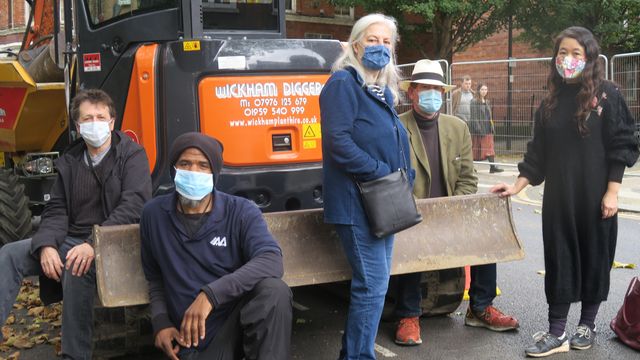
“London calling at the top of the dial
And after all this, won’t you give me a smile?”
The Clash – ‘London Calling’
Reactionary Modernism: Great enthusiasm for modern technology, with a rejection of the Enlightenment and the values and institutions of liberal democracy. — Jeffery Herf
From observing the debate on Liveable Streets. It seems the prevailing view amongst its proponents is that climate change and air pollution are individual technocratic problems with a technological fix. They don’t see it as a collective social issue. Or as a by-product of an inefficient economic and political system that assigns resources unequally. For example, if people were lifted out of poverty, then they will naturally change their priorities from day-to-day concerns of making ends meet to wider concerns of global sustainable development.
This detachment of climate change from related social issues leads to the short-circuiting of democratic processes. Thus preserving the current status quo of socio-economic inequalities. With the cost and burden of such fixes not falling on themselves, but on those at the bottom end of our economic ladder. An outlook, that sees the working classes as a problem rather than a partner in a sustainable and equitable solution. Greenwashing any legitimate concerns by working-class communities as climate change denial.
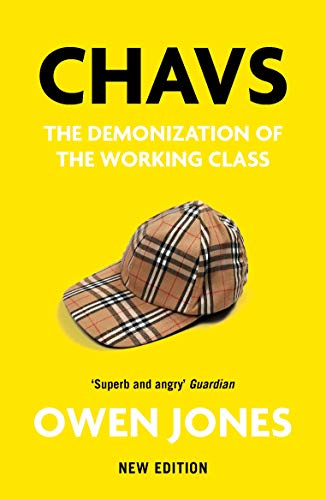
If the above is not the case, then why do the proponents of Liveable Streets push a policy whose consultation and implementation discriminates against poorer demographics in the borough? Let me rephrase that, in light of working-class demographics in Tower Hamlets, why are people hell-bent on preserving a racist policy contrary to current Equalities Legislation?
Before, the cries of, “We are not racists!” go up. Take a cursory glance. Look at the signatories of the letters being pushed around, or the composition of organising groups and the admins of various social media forums for Liveable Streets. What we have, is a picture, that speaks louder than a thousand denials.
As for me, and others who have advised residents in pausing and forcing a rethink of a policy which discriminates against them, it has been an honour. A privilege to be an observer of such a people’s movement. Part of a long line of movements of the East End, throughout the ages, seeking a better world. For another East End is possible.
In Whose Streets? Our Streets! In the #Endz
“Rise, like lions after slumber
Percy Bysshe Shelley – ‘Masque of Anarchy’
In unvanquishable number!
Shake your chains to earth, like dew
Which in sleep had fallen on you:
Ye are many—they are few!”
FURTHER READING
1. Liveable Streets – Is it fair?
Puru Miah – 13/02/2021
Details of new Cross-Party Inquiry in Tower Hamlets into Liveable Streets (Low Traffic Neighbourhoods).
2. On Yer Bike! A new tale of two cities in Tower Hamlets?
Puru Miah – 21/02/2021
A look at low-traffic neighbourhoods (Liveable Streets), are bike-induced road closures creating a new “tale of two cities” in Tower Hamlets? With details of cross-party Tribunal to look at the issue.
3. Life, Liberty and Privilege? Why I oppose Bow Liveable Streets.
Puru Miah – 17/03/2021
The climate change crisis is a fact. The problem of air pollution is a fact. Then why are working-class voices and perspectives silenced in the debate in Tower Hamlets?
The rejection by Tower Hamlets Council of a cross-party call-in, challenging the Mayor’s decision on Bow Liveable Streets might give us some answers.

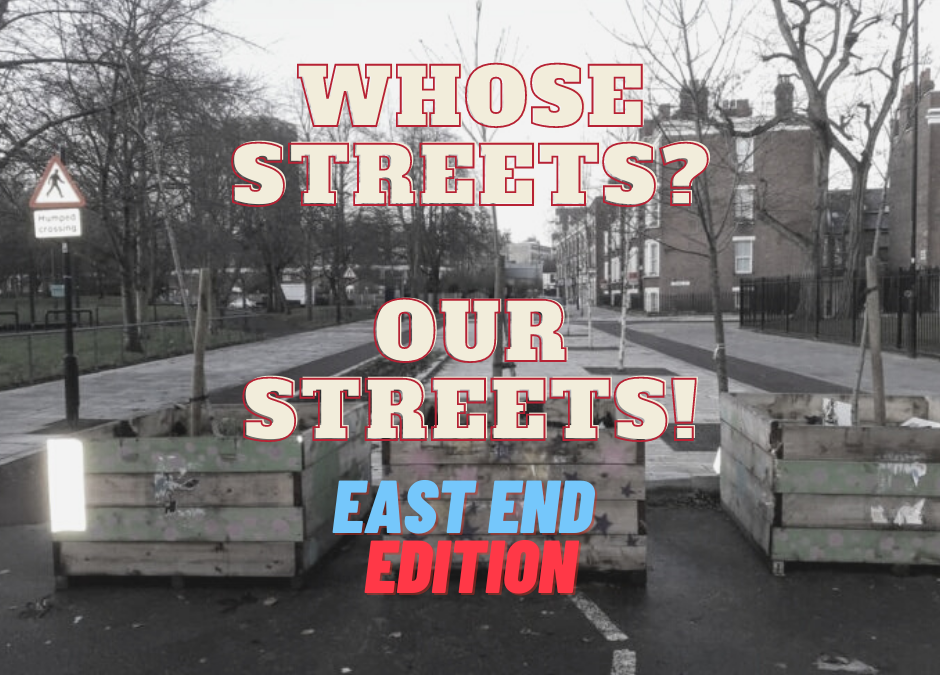
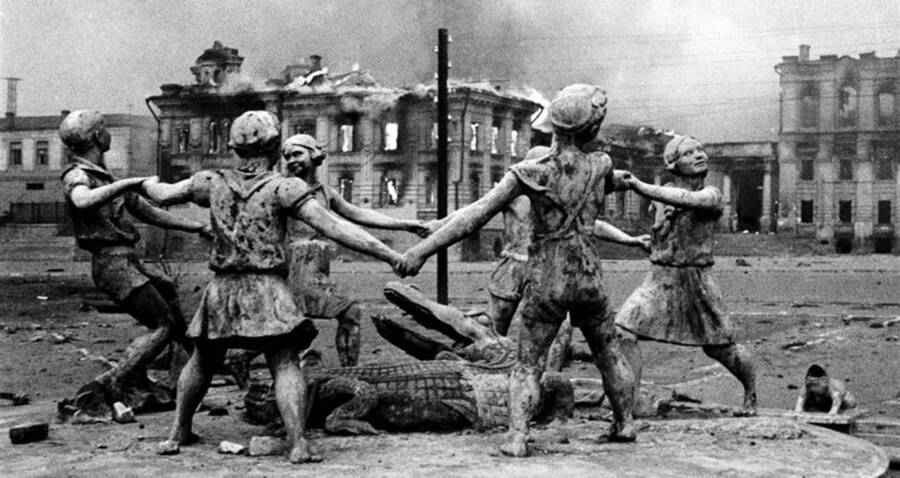
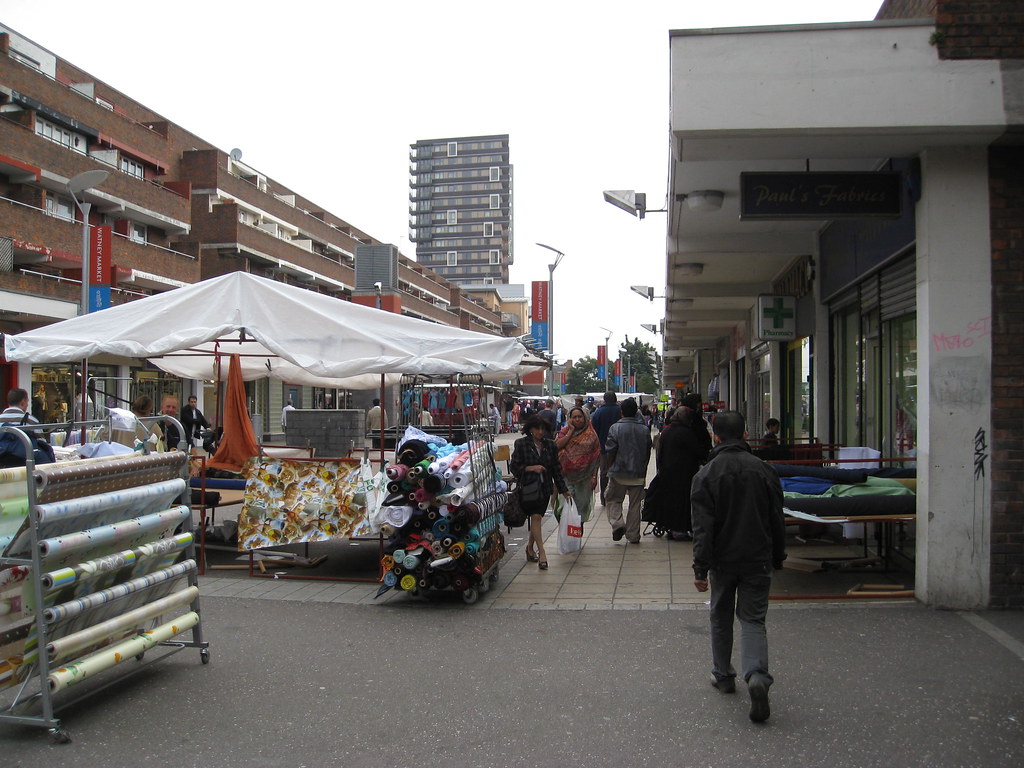
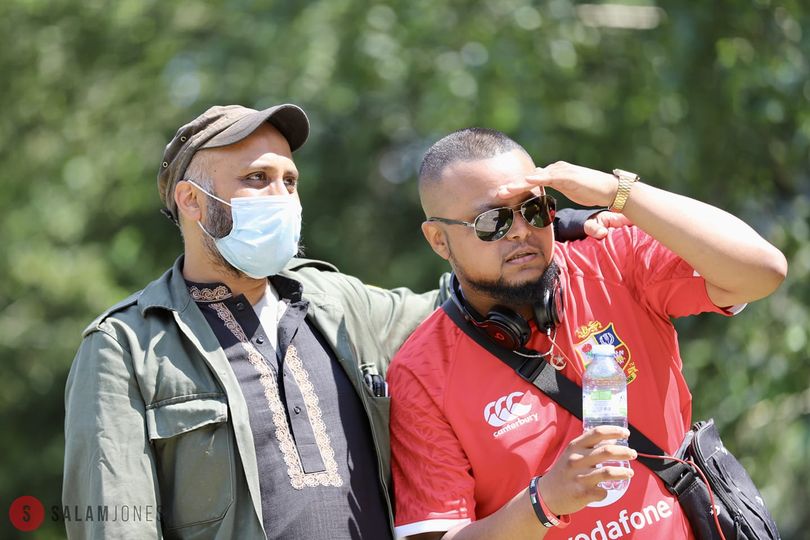
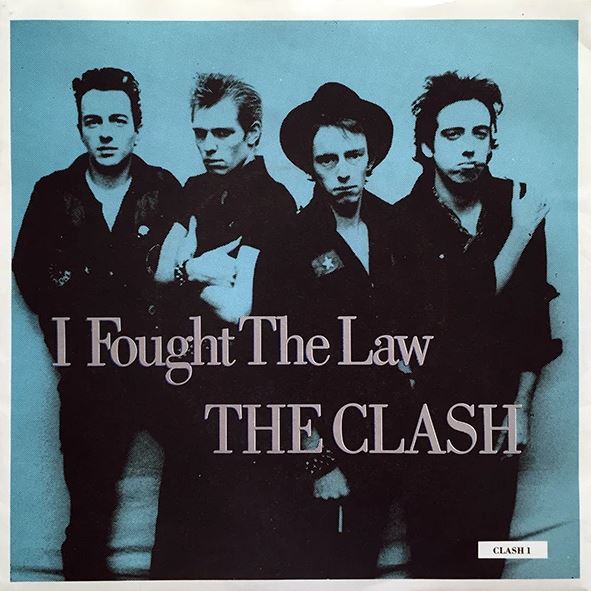
Dear Puru Miah, thanks and congratulations on this careful account of this hugely divisive issue which seems very even-handed to me. It echoes with the discussions we have had in the Just Space network of London activist planning groups and you’ll find Just Transition on page 39 of the community-led Recovery Plan with a lot of calls for proper Equality Assessment throughout. Do look at JustSpace.org.uk/recovery
You have allies across London.
Thank you!